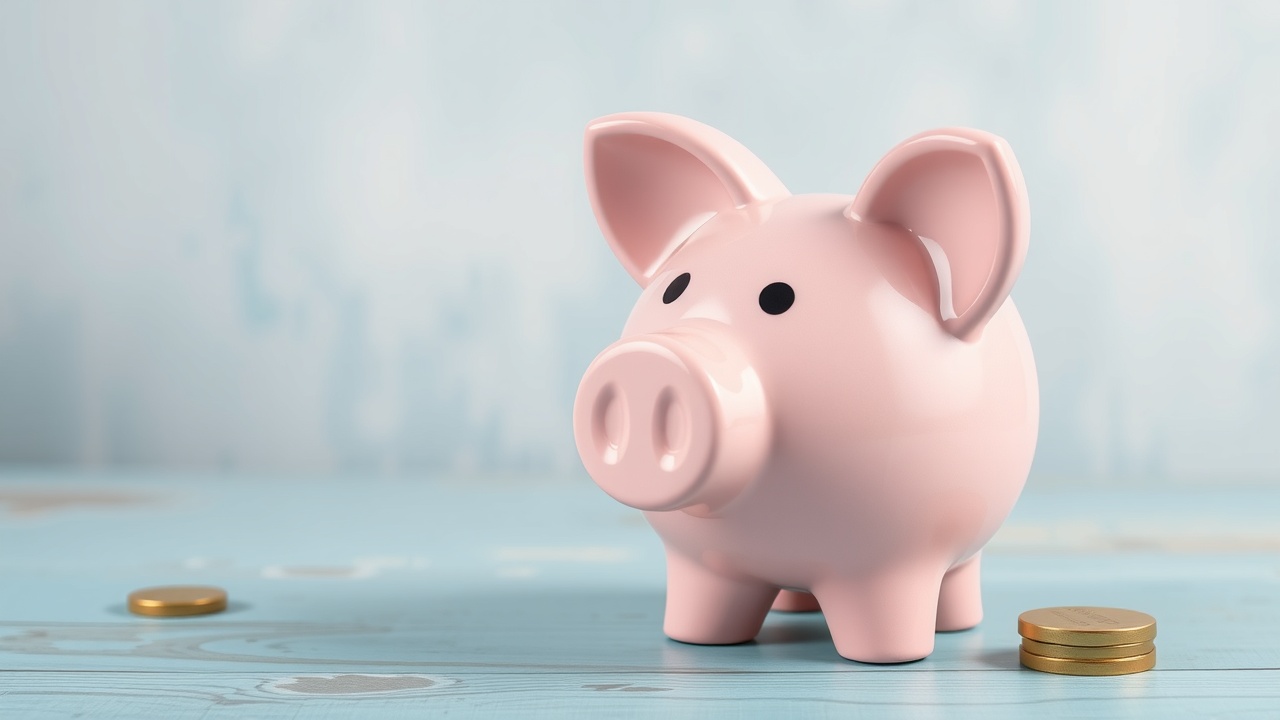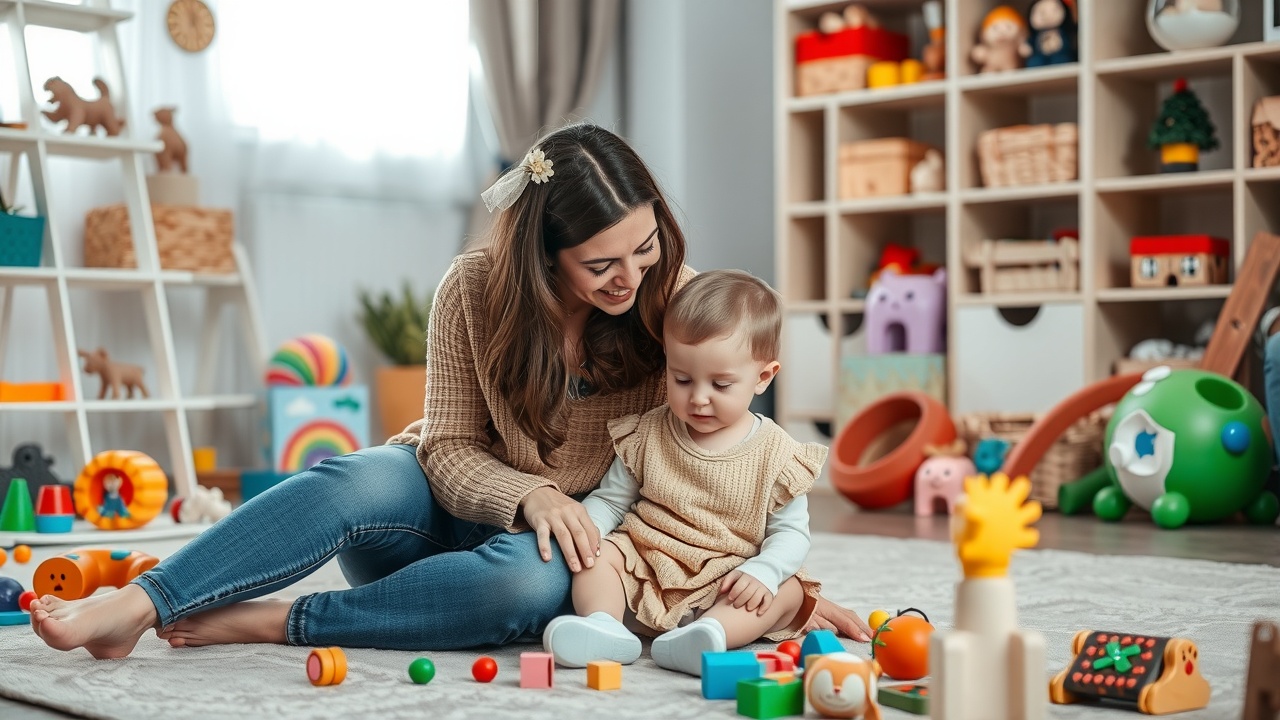
After accounting for inflation, a representative junior stocks and shares ISA returned £13,300 more over an 18-year period than a junior cash ISA, according to new research
From the moment of their child's birth, many families begin saving for their future. For this, a junior ISA may be a suitable vehicle. The tax-free account allows you to keep up to £9,000 annually, which you can do with cash or stocks and shares.
In 2022 - 2023, 1.2 million junior ISAs were opened, according to the most recent HMRC data. 39 percent opened a junior ISA for stocks and shares, while the majority (61 percent) subscribed for junior cash ISAs.
Families may be losing out on possible returns by playing it safe, according to research that indicates stocks and shares typically beat cash over the long run as long as they are appropriately diversified.
The Investment Association (IA) has calculated that, after accounting for inflation, 9,000 invested in a junior cash ISA eighteen years ago would only be worth 7,453 today.
If the same sum had been invested in a standard global equity fund through a junior stocks and shares ISA, it would have increased to £20,802 in real terms, according to the IA. For this computation, they employed the IA global sector average.
The difference over an 18-year period is a staggering 13,349 percent. It implies that if cash was ever king, its throne would have fallen long ago.
Chris Cummings, the CEO of IA, stated, "Although many parents are already utilizing junior ISAs, we would like to see more benefit from long-term investment through the junior stocks and shares ISA."
To improve understanding of ideas like inflation risk and compound growth, the Investment Association is urging the government to implement more efficient financial education.
A junior ISA is what?
A tax-efficient vehicle for investing and saving on behalf of a child is a junior ISA. Up to £9,000 can be deposited each tax year, which you can either keep in cash or put into stocks. Capital gains and income are protected from the tax collector.
Legally, a junior ISA is the child's, so it won't reduce your annual ISA allowance of £20,000 (the adult cap). As soon as the child turns 18, they can access the money without restriction.
Instilling sound financial practices at a young age is crucial to ensuring that the child uses the money sensibly once they have access to it, such as as a down payment on a first home or to assist with college expenses.
Depending on your current situation, one of the best options is frequently to leave the invested money to grow further.
Naturally, not everyone is a good fit for junior ISAs. For instance, families should think about that first if they don't have enough money left over at the end of each month to replenish their emergency fund or their own ISA.
Nonetheless, they can help you protect more money from the taxman and be a great way to prepare your child for the future.
Junior ISA: shares and stocks as opposed to cash.
For emergencies and short-term savings objectives, cash is necessary, but the best strategy to accumulate long-term wealth is usually to make prudent investments in a diverse portfolio. In our "saving versus investing" guide, we examine the benefits and drawbacks of each choice.
Short-term fluctuations in investment markets are more common, but a long-term perspective can help you smooth out the turbulence and, ideally, beat inflation by a significant amount. Generally speaking, at least five years is advised.
A baby or child might be a good fit for a stocks and shares account because they have eighteen years before they can even consider touching the account.
The S&P 500 has risen more than 250 percent over the last 18 years, despite recent declines due to US President Donald Trump's tariffs. Over the same time period, the global stock market index, the FTSE All World, has increased by about 100%. Naturally, past performance does not guarantee future profits, but the numbers are thought-provoking.
Junior ISA wealth is booming, which further demonstrates the power of investment markets.
In the 2021/22 tax year, 370 of the top junior ISA investors had pots worth more than 200,000, according to a Freedom of Information request made to HMRC by wealth management firm Brewin Dolphin last year.
The junior ISA of fifty children had more than half a million, with an average pot of 761,100.
Even if parents had contributed the maximum amount each year, these numbers would not have been possible with a cash ISA alone.
Brewin Dolphin estimated that in order to accumulate a pot worth 761,100, you would still need to generate an annual return of almost 32 percent even if you had maxed out the annual allowance each year for 17 years.
Notably, the junior ISA allowance has increased over time, from 3,600 when it was first introduced in 2011 to 9,000 now.














Leave a comment on: Should you invest for your child? Junior stocks and shares ISAs outperform cash ISAs